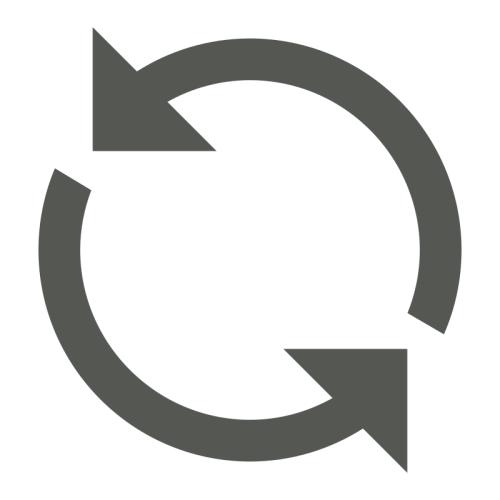1.:Strict definition of the limit of a sequence
Definition: Given a sequence and a constant , if for any given positive number ( no matter how small it is) , there is always a positive integer , such that for all when , the inequality
If all are true, then is said to be the limit of the sequence , or the sequence is said to converge to , which is recorded as
or
If a sequence has no limit, it is said to be divergent.
Note 1: " For any given positive number " in the definition actually expresses the meaning that approaches infinitely in the definition is related to any given positive number .
Note 2: By definition, the limit of a sequence has nothing to do with the value of the previous finite term of the sequence.
2. Geometric interpretation of sequence limits
Geometric interpretation of : express the constant and the sequence on the number axis, and make the field on the number axis ( Figure 1 ) .
Figure 1: [ Animation ]
Note that the inequality is equivalent to
,
Therefore, the limit of the sequence is , which means geometrically: when , all points fall within the open interval . There are at most points falling outside this interval .
Note 3: The definition of the limit of a sequence does not provide a method for finding the limit. It only provides a method for demonstrating that the limit of a sequence is . It is often called argument method. The argument steps are:
(1) For any given positive number ;
(2) Starting from the inequality , analyze and work backwards to deduce . The purpose is to specifically find an that satisfies the definition . In this way, during the process of analyzing and working backwards, we can use common inequalities and their properties to simplify and deduce by scaling the inequality .
(3) At this time, we only need to take to ensure that when , there is always
.
Finally, state the conclusion in language to complete the proof.

